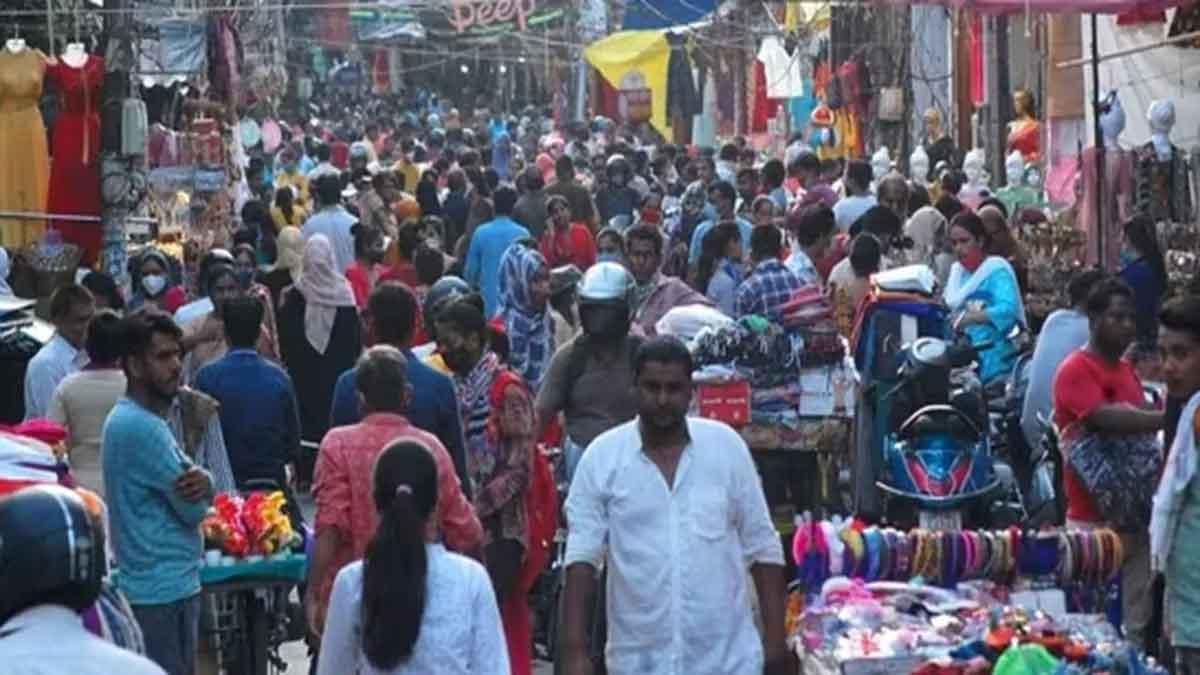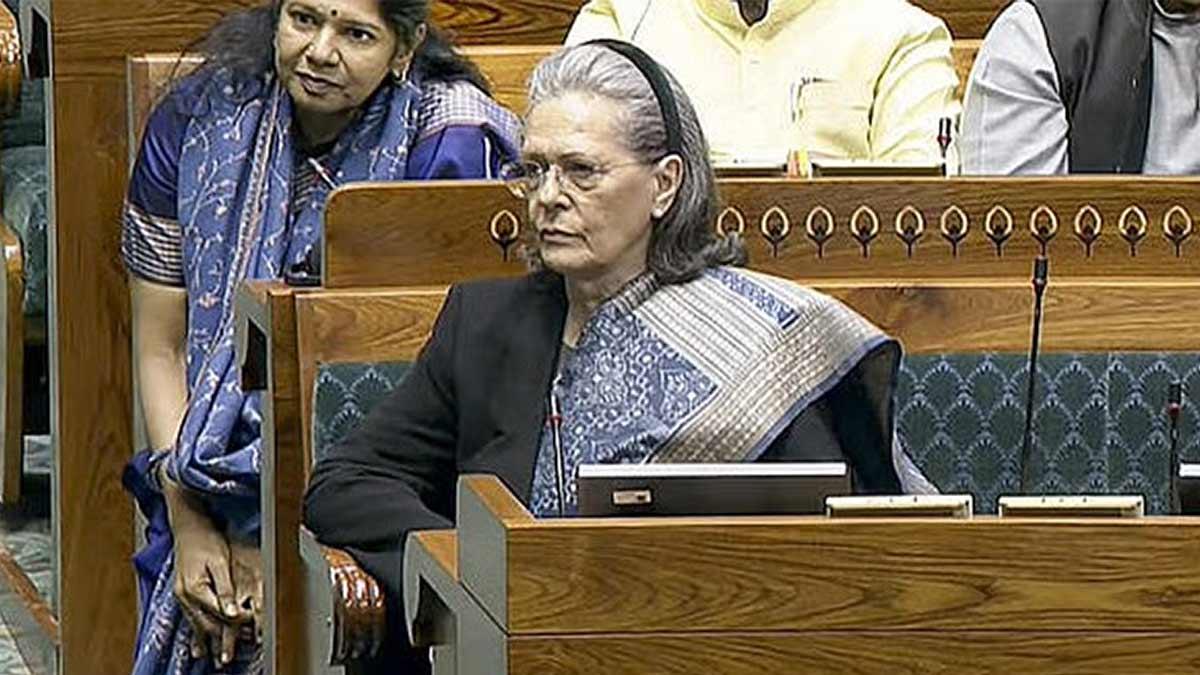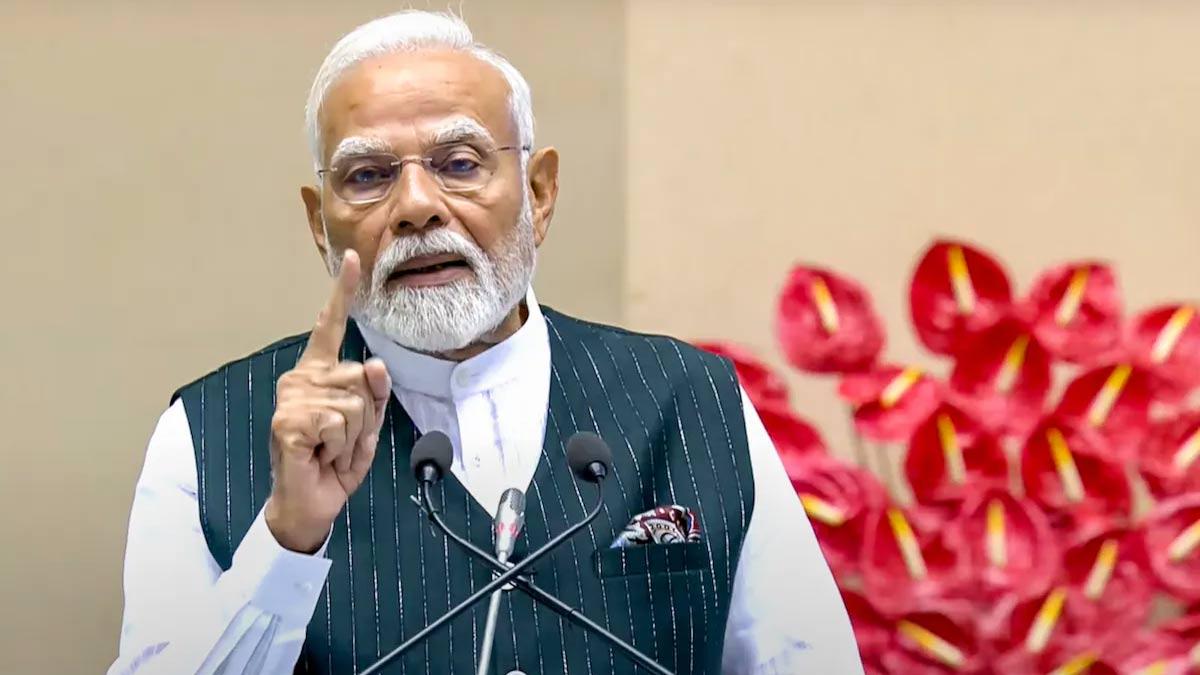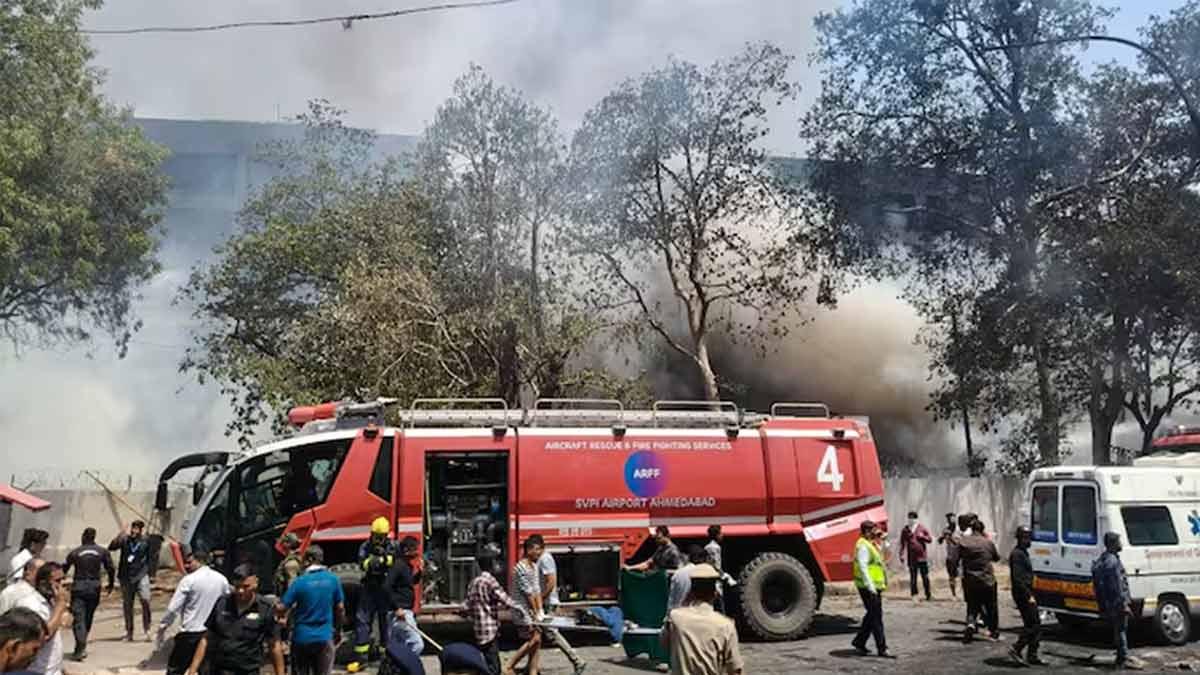According to a recent working paper from the Economic Advisory Council to the Prime Minister (EAC-PM), there have been significant shifts in the religious demographics of India between 1950 and 2015. The data reveals that the proportion of the Hindu population decreased by 7.82% during this period, from 84.68% to 78.06%, while the Muslim population saw a remarkable increase of 43.15%, rising from 9.84% to 14.09%. The Christian population also experienced a slight uptick, with their share rising from 2.24% to 2.36%, marking a 5.38% increase. Similarly, the Sikh population saw an increase of 6.58%, going from 1.24% to 1.85%.
Interestingly, the Buddhist population's share saw a notable surge from 0.05% to 0.81%, indicating a shift in religious demographics over the years. However, the Jain population witnessed a decline from 0.45% to 0.36%, and the Parsi population experienced a significant 85% decrease, plummeting from 0.03% to 0.004%.
While census data in India is typically conducted every decade, the last one was in 2011, and the subsequent one has been delayed.
The study also examined global trends in majority and minority population dynamics across 167 countries. In the Indian subcontinent, it was observed that most Muslim-majority countries saw an increase in the share of their respective majority religious groups, except for Maldives, where there was a slight decline. Bangladesh, in particular, experienced a substantial 18% increase in the share of its majority religious group, marking the highest such increase in the region.
Talking about the countries where Muslims are not in the majority, it would be Myanmar, India, and Nepal, which witnessed changes in the religious demography. There, in Myanmar, the share of the Theravada Buddhist population went down by 10%, while in Nepal the Hindu population decreased by 4%, and the Buddhist population went down by 3%, with a simultaneous increase in the Muslim population by 2%. These are the trends that bring to light changing religious demography not just of India but the wider South Asian region.
Read also | India Urges Canada to Cease Sheltering Criminal and Secessionist Groups


















